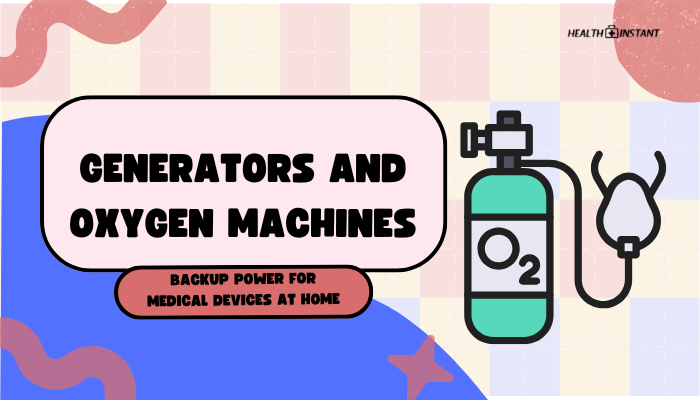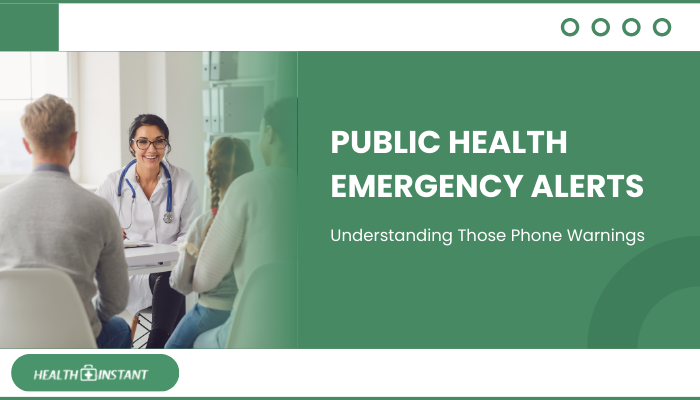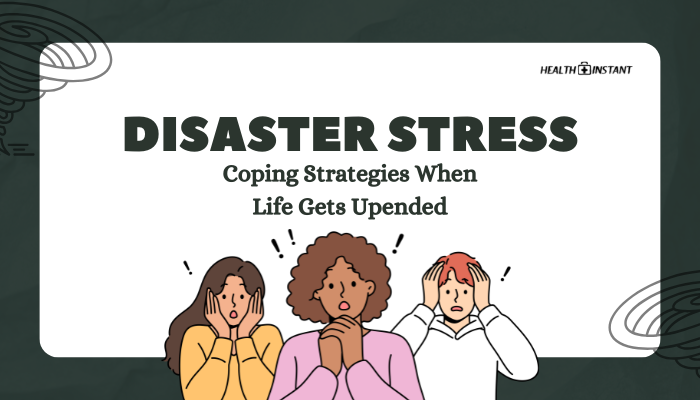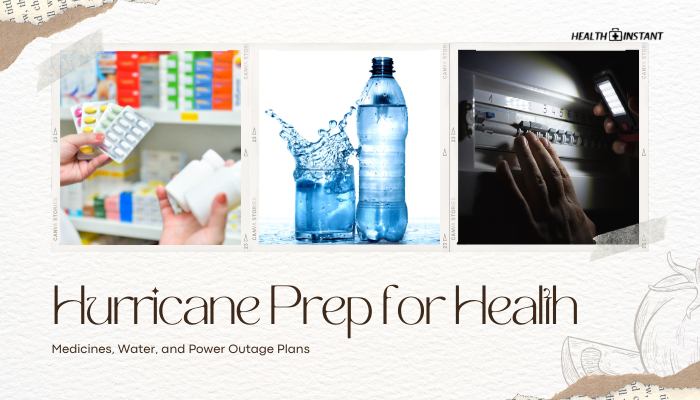Introduction
For individuals who rely on oxygen concentrators or other essential medical devices (e.g., CPAP, nebulizers), maintaining a stable power supply is vital. A sudden outage—due to storms, grid failures, or disasters—could jeopardize health.
By securing backup options like generators or battery power, you can keep vital machines running until normal power returns. This guide outlines how to assess device power needs, select and safely use generators, and properly plan for any interruption.
Why Backup Power Is Important
- Continuous Oxygen Supply: Respiratory support devices like concentrators need a consistent power source. Even short outages can be critical for patients with severe respiratory conditions.
- Emergency Resilience: A generator or battery backup means you can maintain life-sustaining equipment if the grid is down for hours or days.
- Reduced Stress: Preparedness fosters confidence, ensuring you and caregivers don’t panic during blackouts.
Assessing Your Medical Device Needs
Before choosing a power solution, understand these parameters:
- Wattage Requirements: Check the device’s user manual for power consumption (watts or amperes).
- Duration of Operation: Estimate how many hours per day the equipment runs.
- Number of Devices: If you have multiple medical devices (e.g., oxygen machine plus a nebulizer), total wattage load is crucial for generator sizing.
Consult a healthcare professional or the device manufacturer if uncertain about exact power usage.
Types of Backup Power
Portable Generators
- Small and Mobile
- Typically gasoline- or propane-fueled.
- Typically gasoline- or propane-fueled.
- Lower Capacity
- Enough power for essential devices, not the entire house.
- Enough power for essential devices, not the entire house.
- Cost-Effective
- Good for short to moderate outages but require manual setup.
- Good for short to moderate outages but require manual setup.
Standby Generators
- Automatic Startup
- Connected to home’s natural gas or LP line; sense an outage and switch on.
- Connected to home’s natural gas or LP line; sense an outage and switch on.
- Higher Wattage
- Often supply entire home or at least multiple circuits, including medical gear.
- Often supply entire home or at least multiple circuits, including medical gear.
- More Expensive
- Professional installation needed.
- Professional installation needed.
Battery Backup Systems
- UPS (Uninterruptible Power Supply)
- Ideal for short-term power bridging. Usually under an hour for standard medical devices.
- Ideal for short-term power bridging. Usually under an hour for standard medical devices.
- Solar + Battery Systems
- Can be combined if you have solar panels, offering eco-friendly, silent backup.
- Can be combined if you have solar panels, offering eco-friendly, silent backup.
Choosing and Using a Generator
Power Capacity
- Add Up Device Wattage
- Summation ensures you buy a generator sized appropriately.
- Summation ensures you buy a generator sized appropriately.
- Future-Proof
- Opt for a slightly larger generator if you may add devices later.
- Opt for a slightly larger generator if you may add devices later.
Fuel Options and Storage
- Gasoline: Common but has shorter shelf life. Stabilize or cycle fuel regularly.
- Propane: Cleaner-burning, indefinite shelf life, but needs an external tank.
- Natural Gas: Continuous supply, though reliant on your municipal gas lines staying operational.
Placement and Ventilation
- Outdoor Use Only
- Generators produce carbon monoxide. Keep them at least 20 feet from windows, doors, or vents.
- Generators produce carbon monoxide. Keep them at least 20 feet from windows, doors, or vents.
- Secure Location
- Out of the way of heavy foot traffic or potential flood zones.
Safe Operation and Maintenance
- Check Oil and Air Filters: Proper upkeep prevents breakdowns mid-outage.
- Test Regularly: Run monthly or per manufacturer’s recommendation to ensure readiness.
- Use Appropriate Extension Cords: Heavy-duty cords rated for your device’s amperage, with no fraying or damage.
Additional Preparations for Oxygen Users
- Portable Oxygen Tanks
- Keep a backup supply of compressed oxygen cylinders in case you must relocate or your device fails.
- Keep a backup supply of compressed oxygen cylinders in case you must relocate or your device fails.
- Medical ID
- Wear identification or inform first responders about your oxygen dependency.
- Wear identification or inform first responders about your oxygen dependency.
- Communication
- Let local emergency services or neighbors know about your medical power needs.
Planning and Practice
- Emergency Drill
- Simulate a power outage. Start the generator or switch to battery power. Confirm your oxygen machine or devices run smoothly.
- Simulate a power outage. Start the generator or switch to battery power. Confirm your oxygen machine or devices run smoothly.
- Document a Guide
- Outline steps: how to power the device, who to contact if you can’t manage alone, and how to handle re-fueling or re-charging.
Conclusion
For individuals dependent on oxygen concentrators or other medical devices, a robust backup power plan is indispensable. Carefully selecting a generator or battery system, ensuring safe operation, and practicing how to switch to backup can avert crises.
Coupled with a supply of portable oxygen cylinders and an informed support network, you can stay confident in maintaining essential medical care—even when the lights go out.
References
- U.S. Food and Drug Administration (FDA). (2022). Guidance on home-use medical device power backup.
- American Red Cross. (2021). Emergency planning for oxygen-dependent individuals.
- Centers for Disease Control and Prevention (CDC). (2020). Disaster preparedness for power-dependent medical equipment.
- National Fire Protection Association (NFPA). (2019). Generator safety standards.
Disclaimer: This guide does not replace professional medical or technical advice. Always consult your healthcare provider for device-specific instructions and follow local electrical codes for generator installation and use.





